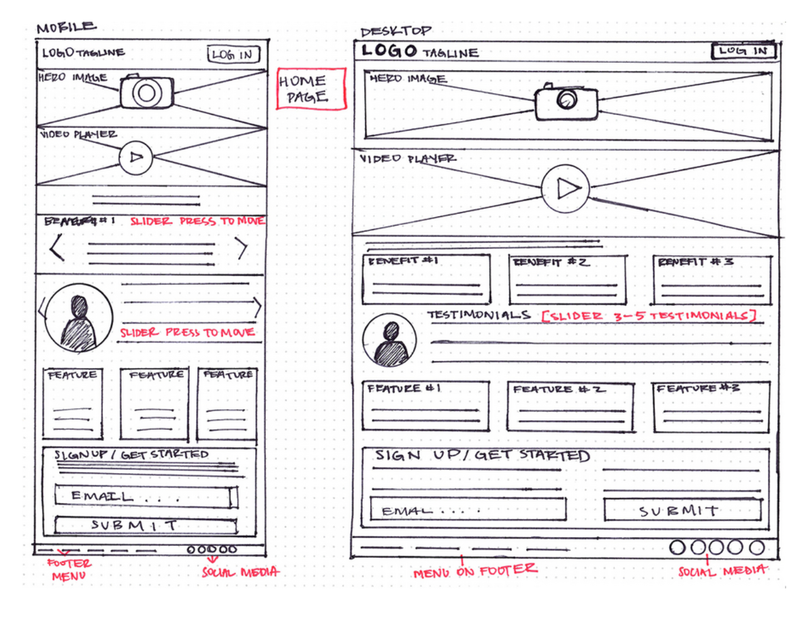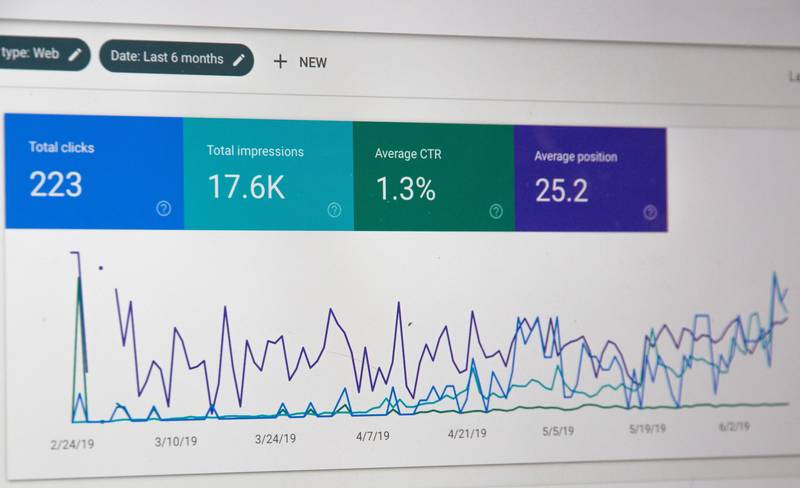Activating Change With Science-Driven Consulting
The realm of eCommerce is a dynamic landscape—one that swiftly rewards innovation and punishes the complacent.
The journey from laggard to leader requires a rigorous, systematic forensic-like process.
Forensics, in its traditional sense, is the art and science of uncovering hidden truths—using evidence, data, and expertise to determine causes and deliver irrefutable conclusions.
In eCommerce, a forensic approach seeks to unearth the root causes behind underperformance and treats every failing eCommerce channel as a “crime scene.”
Greg Randall conducts a thorough investigation to discover why an eCommerce channel is failing to convert consumer intent into buying actions.
This approach is not theory—it's a science-backed methodology, which is why it's bulletproof and continuously yields measurable results.
The eCommerce consulting process, seen below, is the founding principle of this approach.
Click here to view some Case Studies to see how this approach is applied to a business and the results it delivers.



